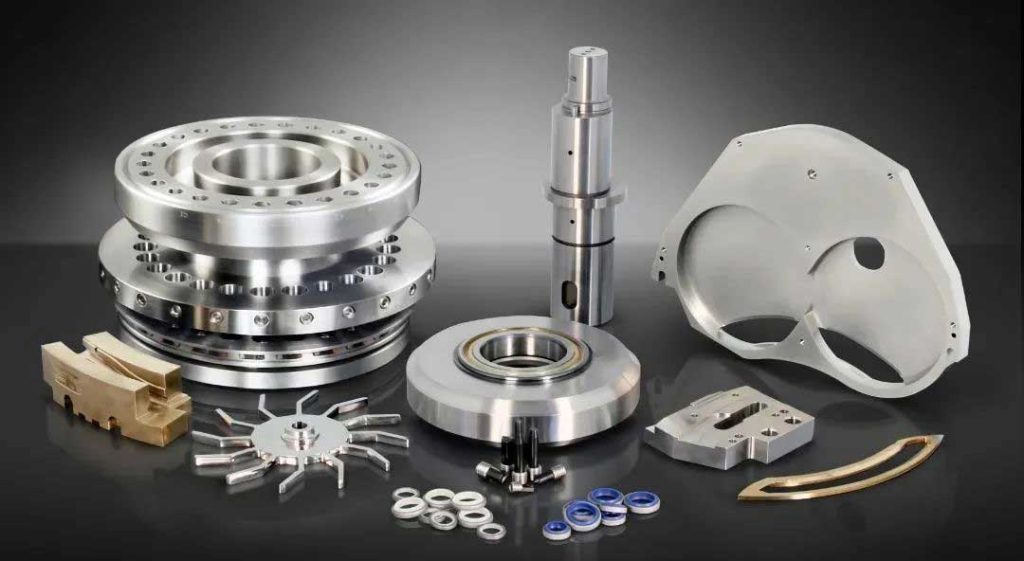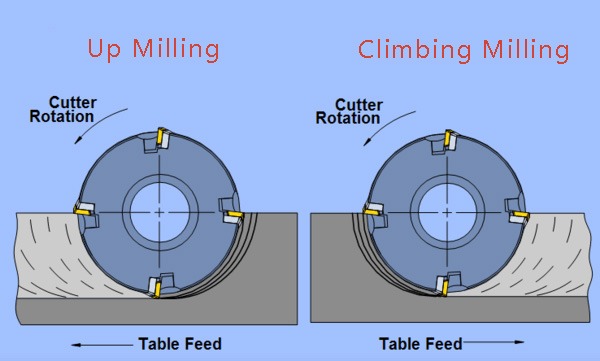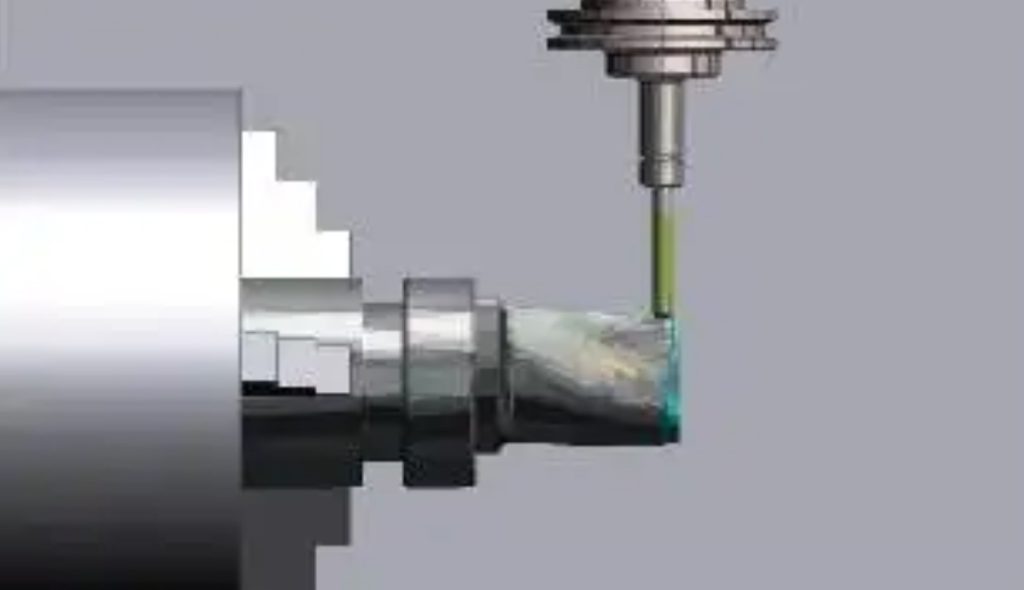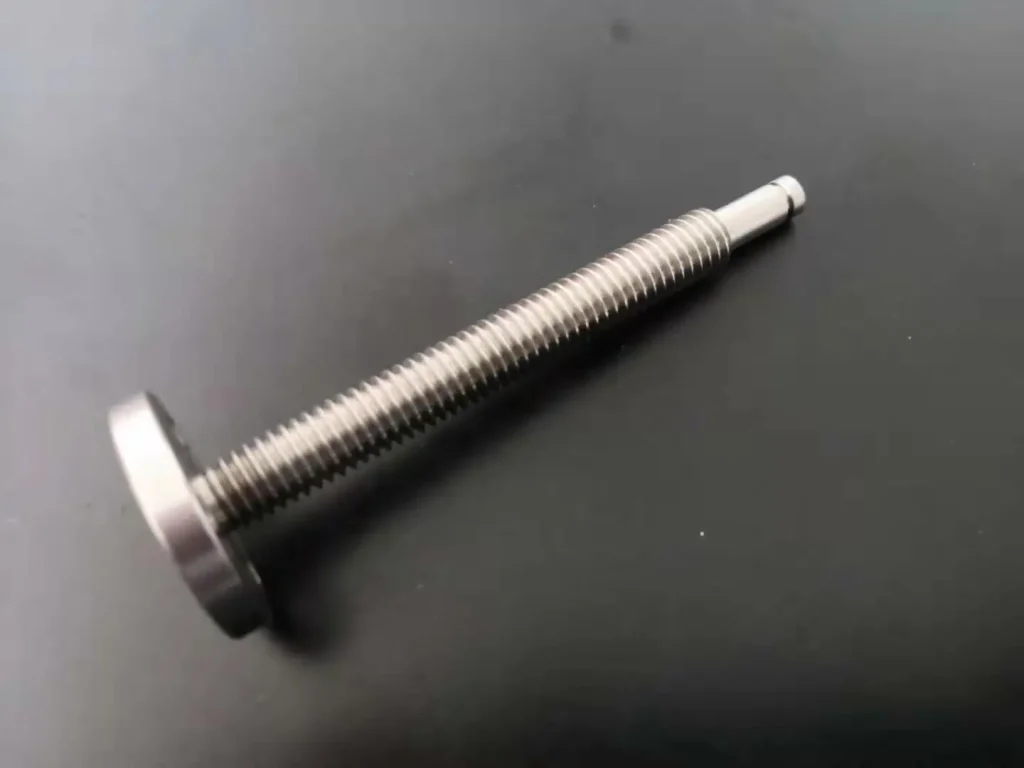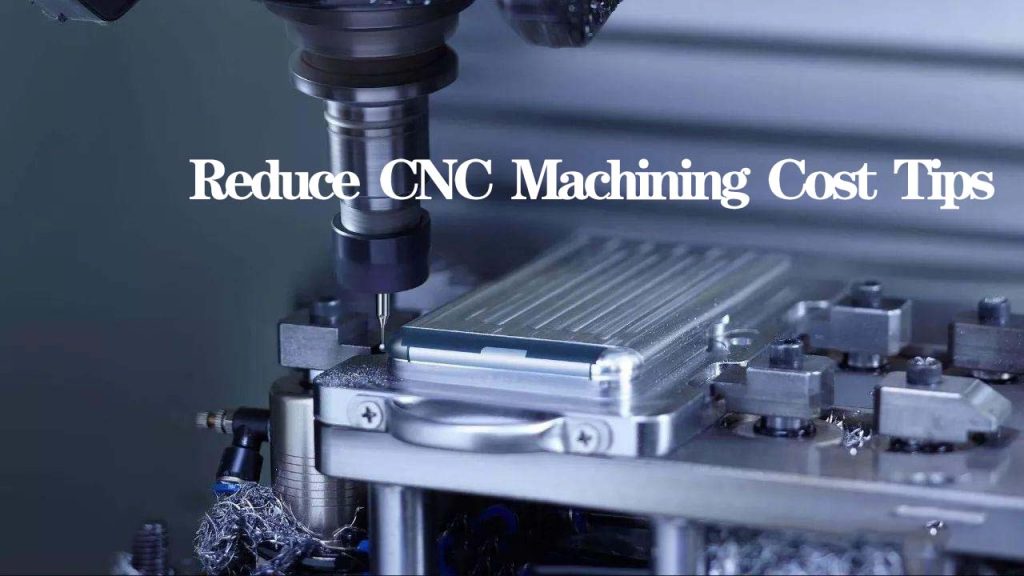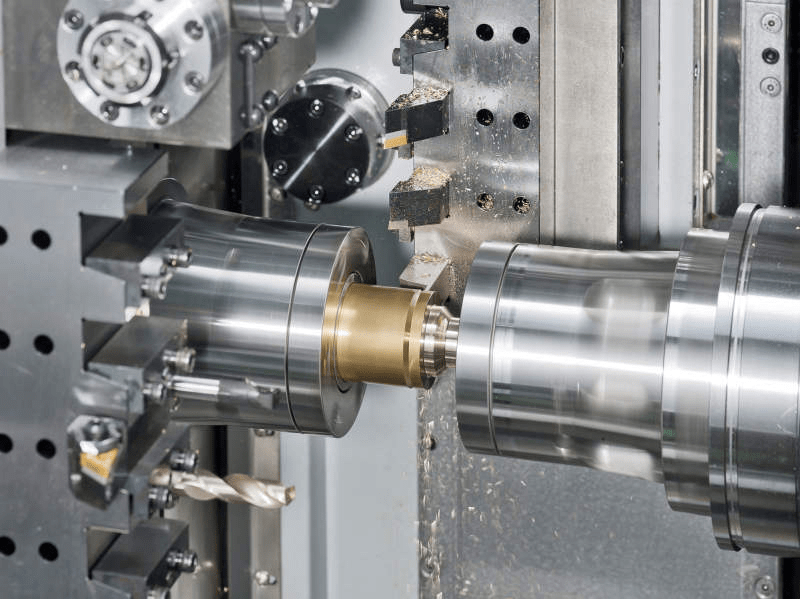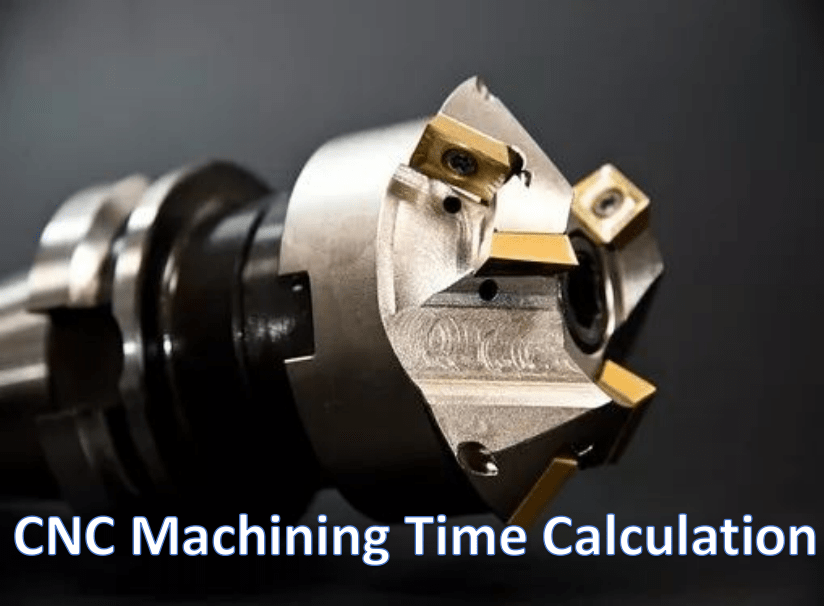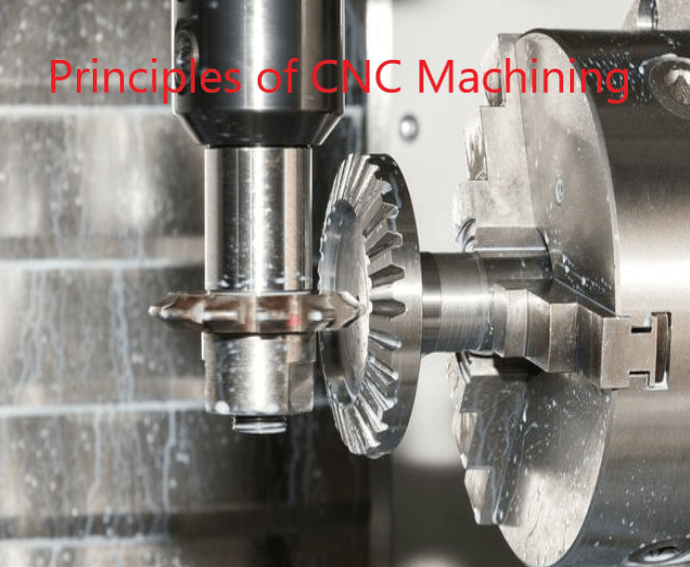CNC machining is one of the most common machining methods. Rapid prototyping and small batch production all rely on the advantages of CNC machining such as precision, size, cost, etc. Knowing CNC plastic processing can help you gain further clarity on whether your project requires CNC plastic processing, and what plastic processing is required. This article can help you get started quickly with CNC plastic processing.
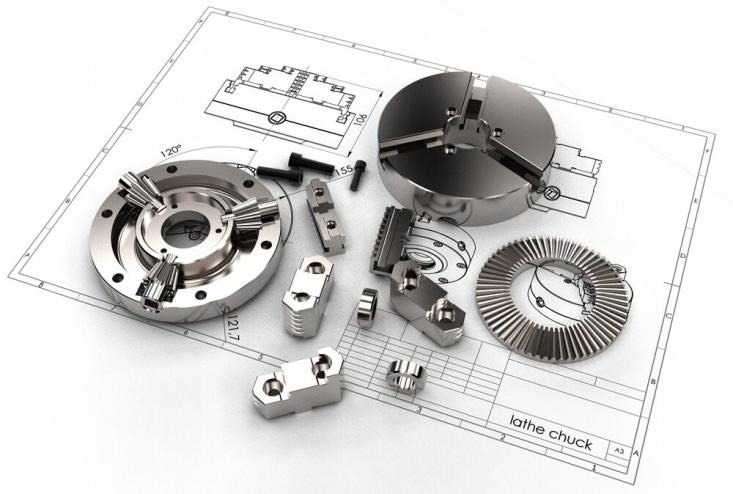
CNC plastic processing technology
CNC machining is a subtractive manufacturing process. CNC plastic machining utilizes a subtractive process to gradually cut a plastic block to the desired shape and precision. Depending on the plastic material, design complexity, and precision requirements, 3, 4, or 5-axis CNC machines are typically used to machine the parts. The higher the number of axes, the more cutting tools, and cutting surfaces are allowed to run, and the faster and more precise the part will be machined.

3-axis CNC machine: Produces the most common parts that do not require multiple rotations, typically for drilling, milling, or machining prefabricated edges.
4-axis CNC machine: This allows the tool to access the other side of the part for cutting, slot milling, and other cuts.
5-axis CNC machine: capable of producing the highest precision parts and providing multi-face rotation to access all sides of the part. Through 360-degree cutting, intricate details and fine precision are achieved. Five-axis cutting is widely used in aerospace, medical, automotive, and industrial industries.
3D printing technology to process plastic
In contrast to CNC, 3D printing is an additive manufacturing process. According to the CAD file, various uniquely shaped prototypes or batch parts are produced through powder sintering.
Commonly used plastic 3D printing includes two forms of SLS and SLA.
SLS 3D printing: Using a laser to fuse powder materials into parts, the entire printing process does not require additional support materials, suitable for moving parts or functional parts in prototypes.
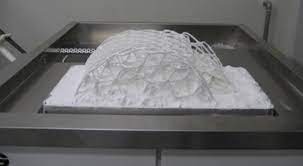
SLA 3D Printing: Layer-by-layer curing of photosensitive polymers using UV light to create objects, suitable for demonstration prototypes, concept prototypes, or transparent/translucent prototypes.
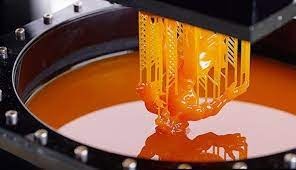
CNC Plastic Machining VS 3D Printing Machining Plastics
Low cost, fast delivery, and high quality production are ideal when considering prototypes and small batches. However, making prototypes and batch parts is a complex production process. Depending on a variety of objective influences, we’ve put together 7 focus factors to help you understand CNC plastic processing.
- Precision
There is no doubt that CNC machined components have always been known for their precision. CNC machining controls the movement of the tool through a computer program, and each cut can be precise. Although 3D printing is also produced through computer programs, precision can be achieved, but it is not stable. This is because 3D printing materials are susceptible to temperature and storage conditions.
- Part complexity
CNC can machine parts with many complex surfaces. But more complex parts require programming tools and travel paths that increase labor time, which affects the price. In contrast, 3D printing has few geometric constraints and can easily print free-form plastics.
- Speed of production
3D printing is even better at speed. Once the file is ready and the operator selects the part orientation, fill, and supports as needed, it can be easily run unattended. CNC machining requires computer programming by a trained operator before production can begin, increasing machining time.
- Size of part
Neither is significantly limiting in small-sized components. For large size parts, 3D printing requires splitting multiple components by design for post-print assembly. CNC machining machine tools are generally larger, occupy more physical space, and can be processed at one time.
- Object strength
The internal structure of CNC machined parts is tightly integrated and can show better mechanical and thermal properties. The layer-to-layer structure of a 3D printed part has the potential for structural defects that weaken the part.
- Material selection range for parts
CNC machining can make almost any plastic material, and 3D printing has a narrower range of material choices.
- Environmental friendly
As a subtractive machining process, CNC is bound to waste a part of the material through cutting. Additive manufacturing for 3D printing can maximize material savings and reduce material waste.
Maximum number of CNC machined plastic parts
CNC plastic processing has no upfront mold cost and is only suitable for small batch production of plastic parts. Once programmed, CNC plastic machining has the ability to exactly replicate the same plastic part, but with little potential for economies of scale. When the workpiece geometry is complex enough that the workpiece or tool must be rotated or reset, the production cost and time per part also increase.
JTR offers a variety of services to help your project come to fruition. If you still have doubts about your choice of CNC plastic processing or 3D printing, you are welcome to consult our professional engineers.



